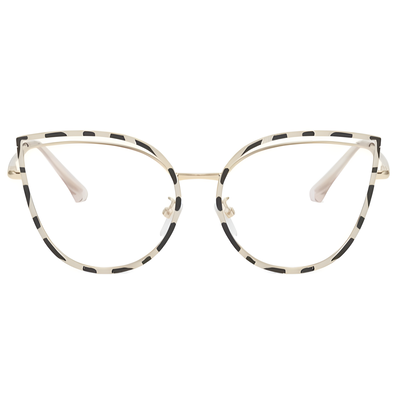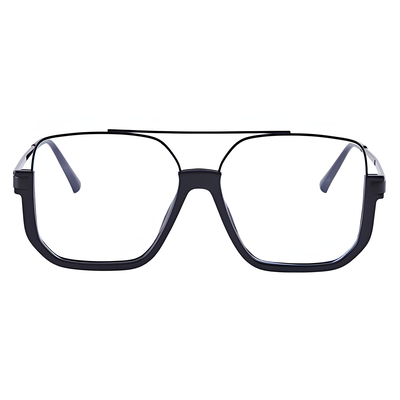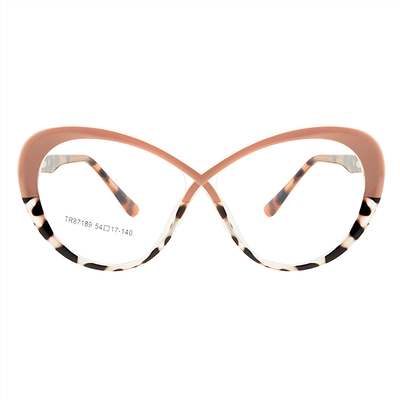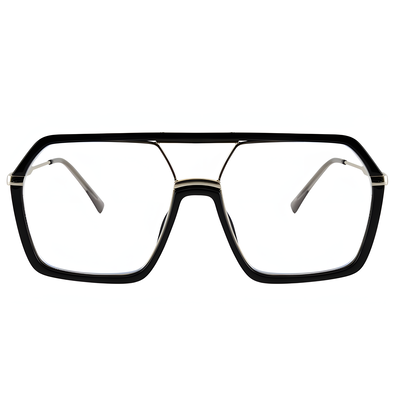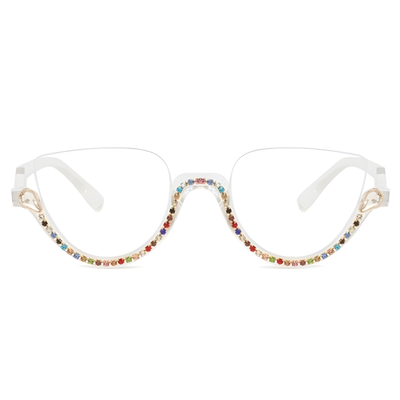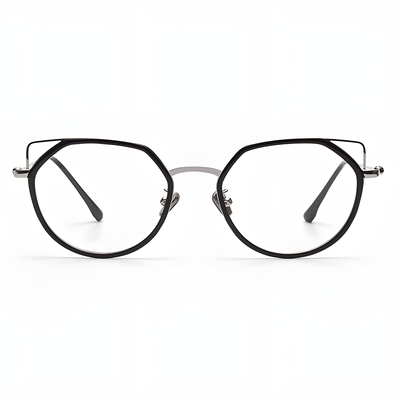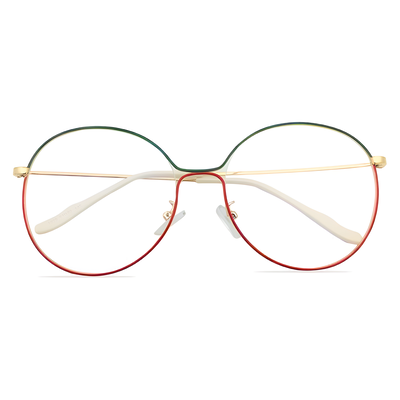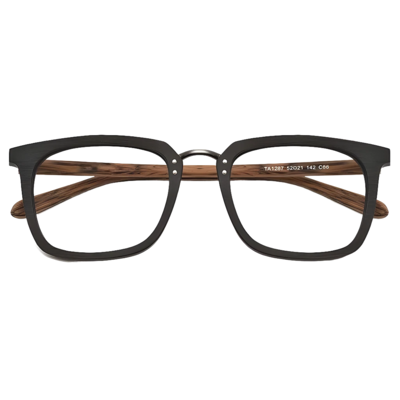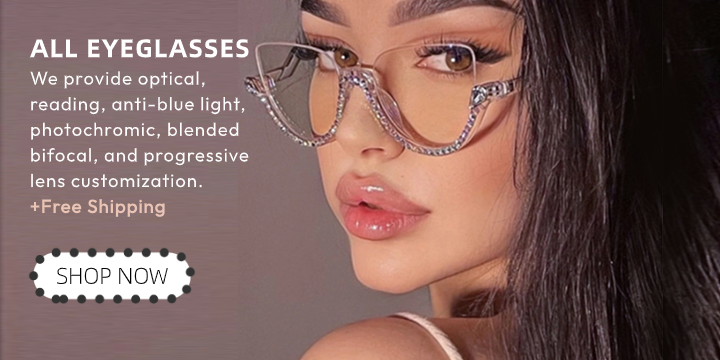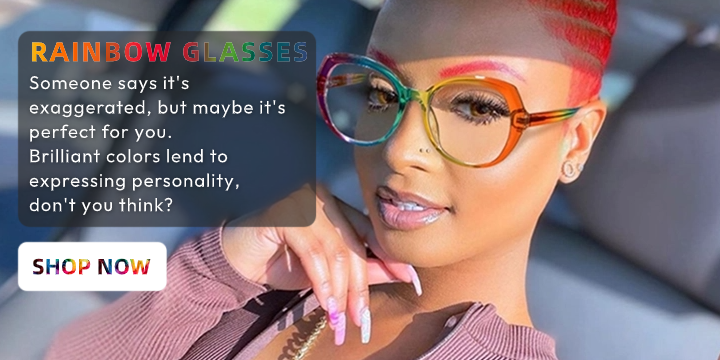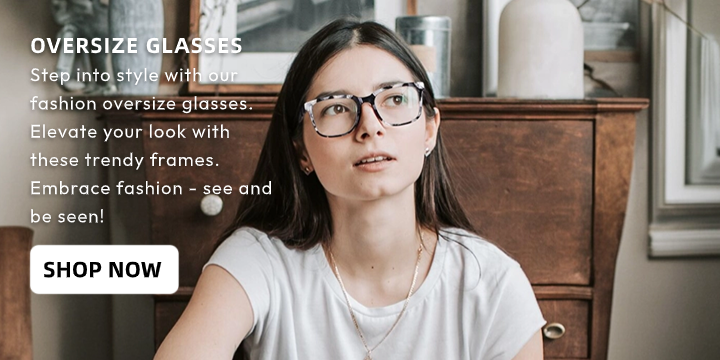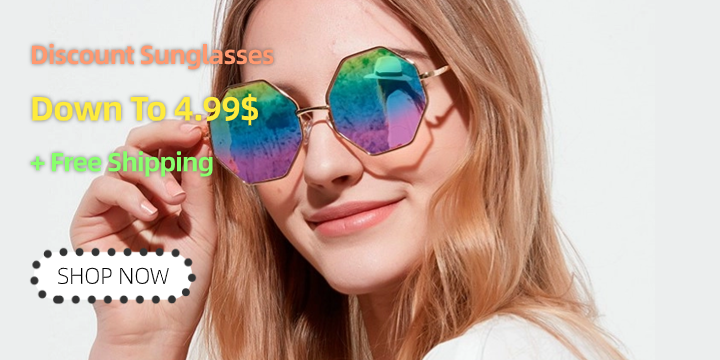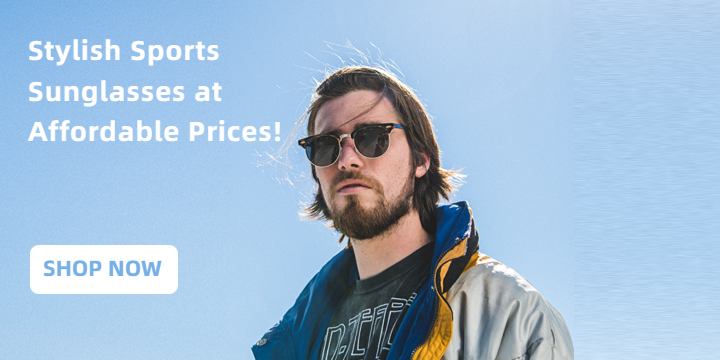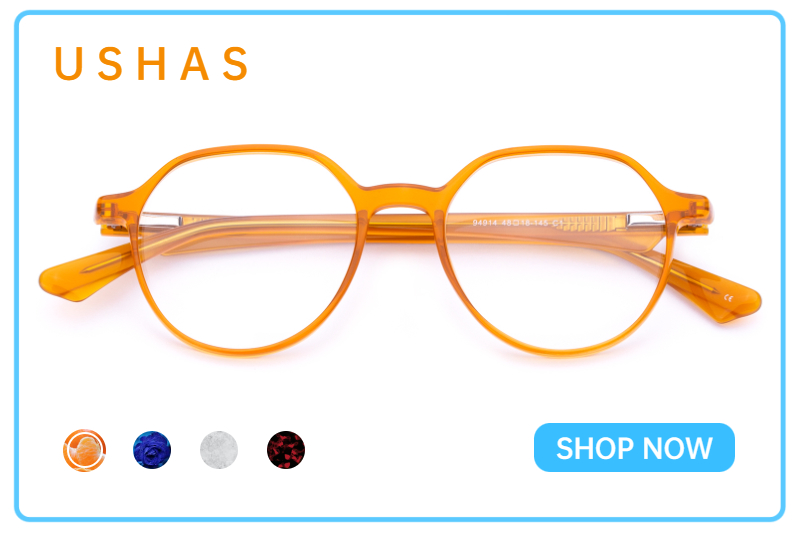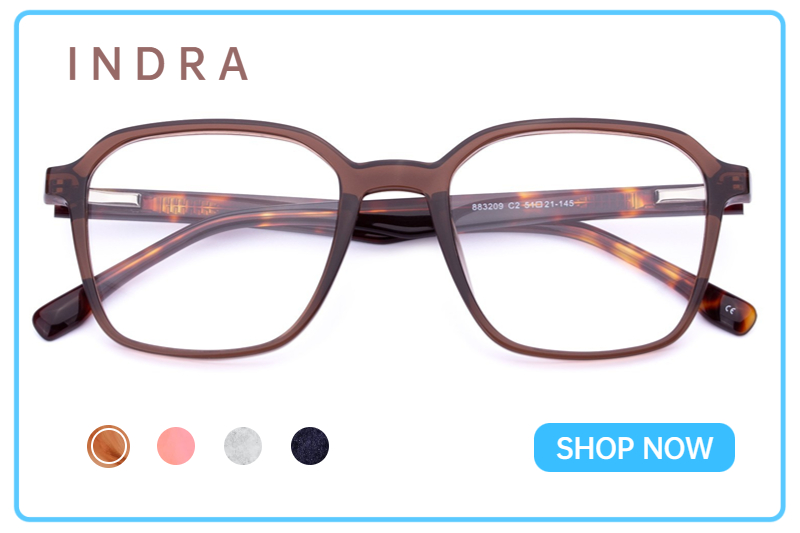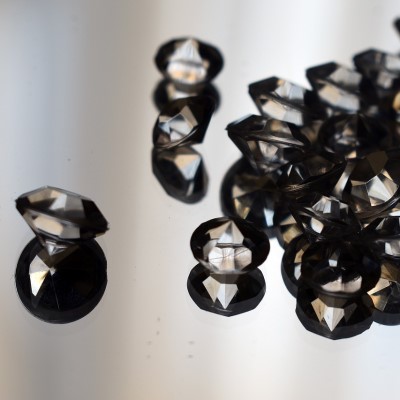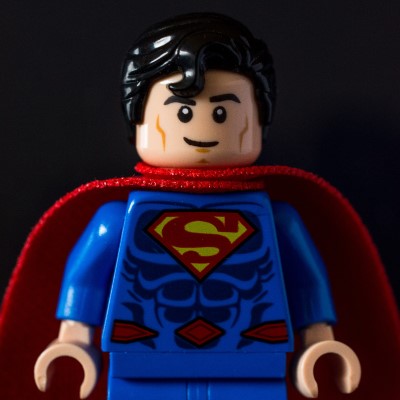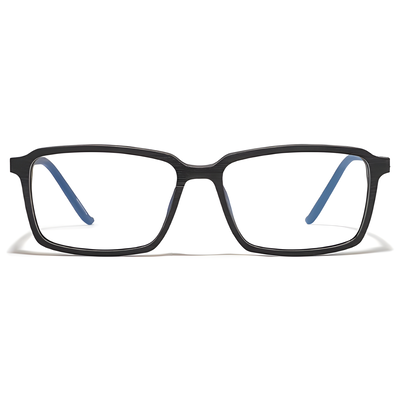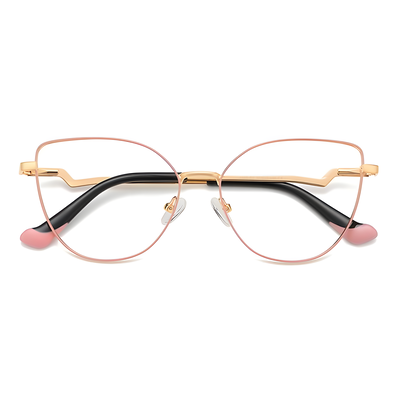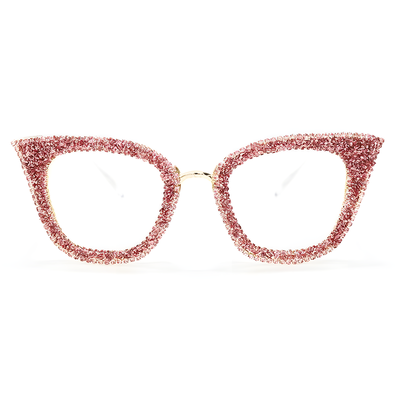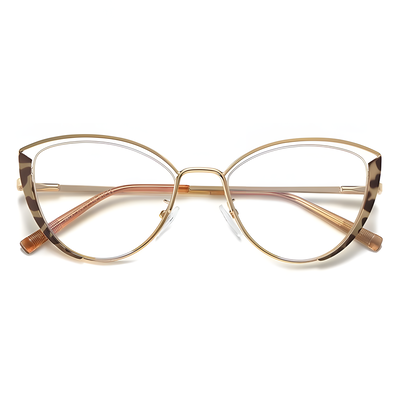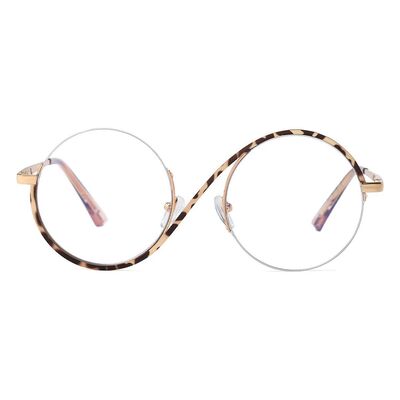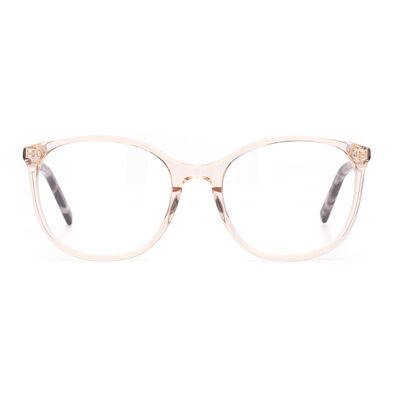This article talks about what not to do after eye dilation and other basics of eye dilation itself. let's start reading.
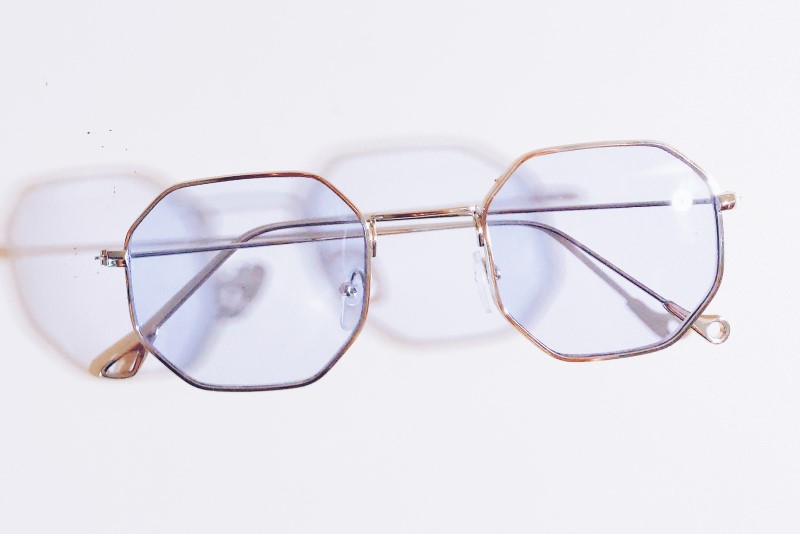
What Does Eye Dilation Mean?
In this eye condition, our brain gives a physiological response to the eye in which the pupil becomes larger than its natural size. If you wondering what is pupil then it's the dark circular opening in the center of the iris which covers most of the area of our eye when seen from the front end. Its size is controlled by the muscles of the iris. When the pupil dilates, it expands in size, allowing lighter to enter the eye. This process is involuntary, meaning it happens automatically and is not under conscious control.
The main purpose of eye dilation is to regulate the amount of light that enters the eye and reaches the retina, the light-sensitive layer at the back of the eye. The retina contains specialized cells called photoreceptors (rods and cones) that convert light into electrical signals, which are then sent to the brain through the optic nerve for visual processing.
This condition can easily be spotted as eye dilation can be observed with the naked eye. When pupils dilate naturally in response to changes in lighting conditions, one can easily see the changes in pupil size without the need for any special equipment. In dark environments, the pupils will appear larger than usual and more dilated to allow lighter to enter the eyes and improve visibility. On the other hand, in bright environments, the pupils will constrict or become smaller to reduce the amount of light entering the eyes and prevent overexposure.
How long do Eyes stay Dilated?
So, the time of eyes remaining dilated depends on the reason for dilation in the first place. Also, it depends on the specific eye drops that one may have used. Typically, during a routine eye examination, the ophthalmologist or optometrist may use dilating eye drops to widen the pupils and examine the internal structures of the eye.
These drops cause dilation for longer periods and can last for up to 6 hours. This becomes even longer in people with lighter eye colors. Also, these dilation times are very sensitive to light, and you may have difficulty focusing on close objects. In the case of medical procedures, this duration can vary depending on the purpose of the procedure and the specific eye drops used. It can last several hours or even a day in some cases.
This dilation can also be due to many drugs, in such instances, the duration of dilation can vary depending on the drug's half-life and how it affects the nervous system of your body. Professional physicians usually advise you to wear sunglasses to protect your eyes from bright light and to avoid driving until your pupils return to their normal size, especially if you experience vision disturbances.
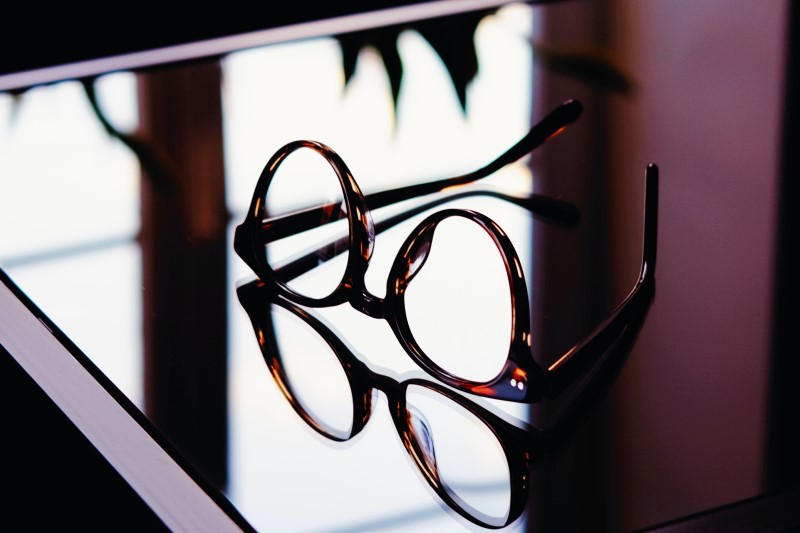
Can you drive after dilation?
The first thing we need to discuss to know what not to do after eye dilation is driving. It is not recommended to drive after pupil dilation and can be unsafe due to several reasons. Since pupil dilation comes with the increased surface area of the eyes, it also causes increased sensitivity to light and blurriness in vision, which can impair your ability to see clearly and react quickly to potential hazards on the road. Moreover, your dilated pupils will also allow lighter to enter the eye, leading to increased blurriness in vision. This also makes it challenging to read road signs, and traffic signals, or see other vehicles clearly, potentially leading to accidents. This pupil dilation can also affect your depth perception, making it harder to judge distances accurately, and impacting your ability to maintain a safe following distance from other vehicles or avoid obstacles on the road. With dilated pupils, driving during bright sunlight or at night can be uncomfortable and potentially dangerous. This heightened sensitivity may cause you to squint or react adversely to sudden changes in light conditions.
Hold on, there is another thing attached to the question of what not to do after eye dilation. With this condition, your reaction times may be slower, making it challenging to respond promptly to unexpected situations on the road. This is why we recommend arranging for alternative transportation, such as having a friend or family member drive you home or using public transportation or rideshare services. But if you have no other option but to drive, then make sure to consult with your eye care professional first. Also, ensure that your vision is safe and meets the legal requirements for driving in your area before getting behind the wheel.

Notice after Eye Dilation
If you are facing an eye dilation condition then we highly recommend wearing sunglasses which can help reduce discomfort and protect your eyes from bright sunlight. This is because pupil dilation makes your eyes more sensitive to light. Also, we recommend trying to avoid bright and harsh lights which can also be beneficial during this time to minimize discomfort and glare.
Still, wondering what not to do after eye dilation? Then hear us out. We highly recommend limiting screen time, as pupil dilation can make it challenging to focus on nearby objects like computer screens and smartphones. Minimize eye strain by taking breaks from screens or increasing your font sizes to make online reading more comfortable.
Also, we recommend not using long stairs with this condition since lower vision can result in slipping hazards on the steps. Moreover, avoid engaging in activities that require precise vision, such as operating heavy machinery or participating in sports or activities where clear vision is essential for safety. It is highly recommended to stay hydrated by drinking plenty of water can help flush the eye drops out of your system more quickly, potentially reducing the duration of dilation. and at the end of the day, give your eyes sufficient time to recover from dilation and avoid straining them with activities that may exacerbate discomfort.

